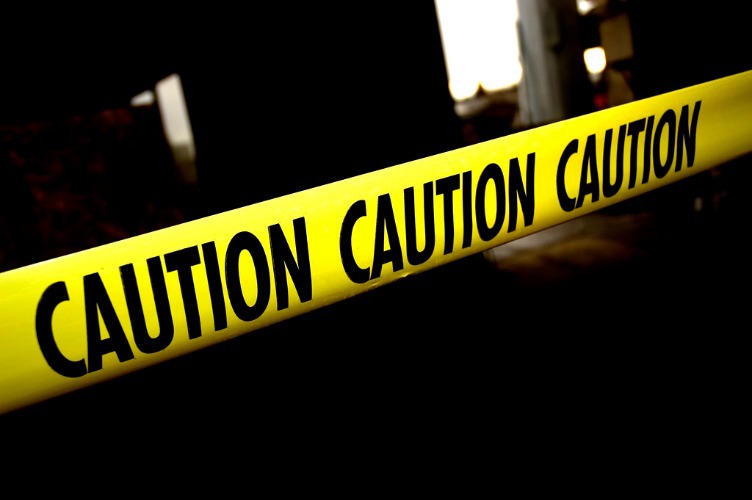It’s normal for films and TV to display warnings and ratings, and even in the publishing industry we sort material into age-appropriate categories based on content and language. Now the discussion is underway about advancing this one step further to include specific content warnings—also called trigger warnings—as we contemplate accessibility and how we can incorporate mental health practices into our work. But what is a content warning exactly, and how does it apply to book publishing? When is it appropriate, and when is it redundant? Is it only the finished, printed book that needs to be properly tagged, or is it important for authors querying out to agents and publishers as well?
According to the National Coalition Against Censorship Report, a content warning is a notice to your audience (professional or otherwise) that forecasts potentially disturbing or graphic scenes and topics in the manuscript or book. These warnings prevent audiences from stumbling blindly into a scene that might rouse past traumas or scenes that they simply don’t want to read about. Some common and critical warnings are graphic violence, sexual assault, child abuse, racism, scenes of homophobia, and animal abuse. Making a reader aware of these things before they engage with the material can help prevent episodes of post-traumatic stress or other anxieties. It allows at-risk (as well as not at-risk) readers to curate their media consumption proactively instead of reactively.
Content warnings are important to include as part of the final manuscript, but that isn’t where they have to begin and end. It is vital to include them as part of a proposal package when sending manuscripts to agents and presses. The audience you’re soliciting is an important audience, and it can be jarring and disturbing for publishing professionals to happen upon distressing content without realizing what they are undertaking. Anytime someone will be reading a manuscript containing “potentially triggering” content, they should be able to give their informed consent beforehand.
It is not necessary to tag every minor instance that might be upsetting; some things, like the presence of foul language, are assumed by and included in the age demographic of a book. Tagging these subjects as a content warning might be a bit redundant. Likewise, an allusion to a scene or idea (rape, racial discrimination, etc.) does not necessarily need a warning, but a graphic or explicit scene would certainly merit one.
It’s important to note that content/trigger warnings have nothing to do with censorship. Their purpose is in no way to discourage or prevent readers from reading, but rather to equip them with information so that they can make informed and authentic decisions about their consumption. The deliberate and productive inclusion of accurate content warnings fosters an environment where distressing—but often critical—content can be received safely. This is not the same as treating the audience with “kid-gloves.” Warnings do not rob the reader of suspense or revelation. It is necessary that all sorts of stories involving all sorts of scenes—including graphic, traumatic scenes, when/if called for by the story itself—but it is also necessary and essential that readers are able to choose when and why to read this sort of material, whether during the production process or after the book has already found its home on a shelf.

